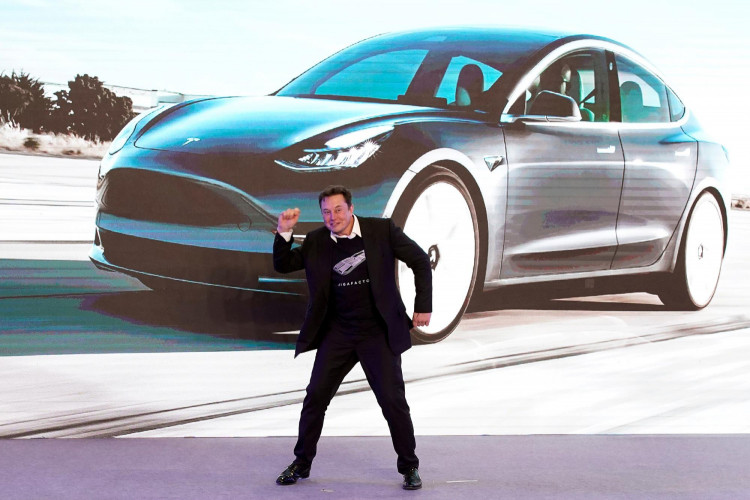Despite the lockdown caused by the novel coronavirus, US electric vehicle maker Tesla delivered more than 90,000 vehicles. While the sales of the company was hurt by the global health crisis, it looks like it is not as fatal as that of other automakers. But, how did Tesla pull off this impressive first-quarter feat amidst lockdowns?
In a new report by Forbes, it points out that despite lockdowns, Tesla's Gigafactory 3 in Shanghai, China picked up the slack. According to the site, since the early part of 2020, the Shanghai facility started production of Tesla Model 3 and scaled up fast. Additionally, it noted that the demand for electric vehicles in China has been robust.
The demand and impressive sales were reportedly triggered by the company's greater localization as well as price cuts. In the month of May 2020 alone, the China Passenger Car Association reported that Tesla delivered more than 11,000 Tesla Model 3 vehicles. Apart from these, the US electric vehicle maker has been aggressive in its marketing strategies and in offering discounts.
Tesla cut prices of its vehicles in May 2020 with Tesla Model 3 getting a massive $2,000 price slash while Tesla Model S and Tesla Model X saw around $5,000 price cut. Aside from this, the company also offered many incentives. This includes one-year free supercharging for customers purchasing Tesla Model 3 in June. More importantly, Tesla sells its vehicles in China at discounted prices.
In addition to the factors mentioned earlier, the company also benefited from the Tesla Model Y crossover's availability. It can be recalled that the company launched the vehicle in Mar 2020. Although Tesla did not release a detailed breakdown of Model Y sales, the combined deliveries of both the Model Y and Model 3 increased by around 4000 units to 80000 units.
Also, unlike other Tesla vehicles, the production of Model Y is most likely faster, considering that it has a lot of common parts as the Model 3. The Model Y has interestingly low delivery time that range s between 4 and 8 weeks compared to the 8 to 12 weeks delivery time of the Model 3. In other words, the supply of Model Y vehicles is less of a constraint.
Last week, Tesla reported that it delivered 90,650 vehicles to customers in the 2nd quarter of 2020. The figures reveal that it is down by 5% compared to its performance last year. However, the drop is far less than the 30% or more drop reported by other vehicle makers in the industry.





